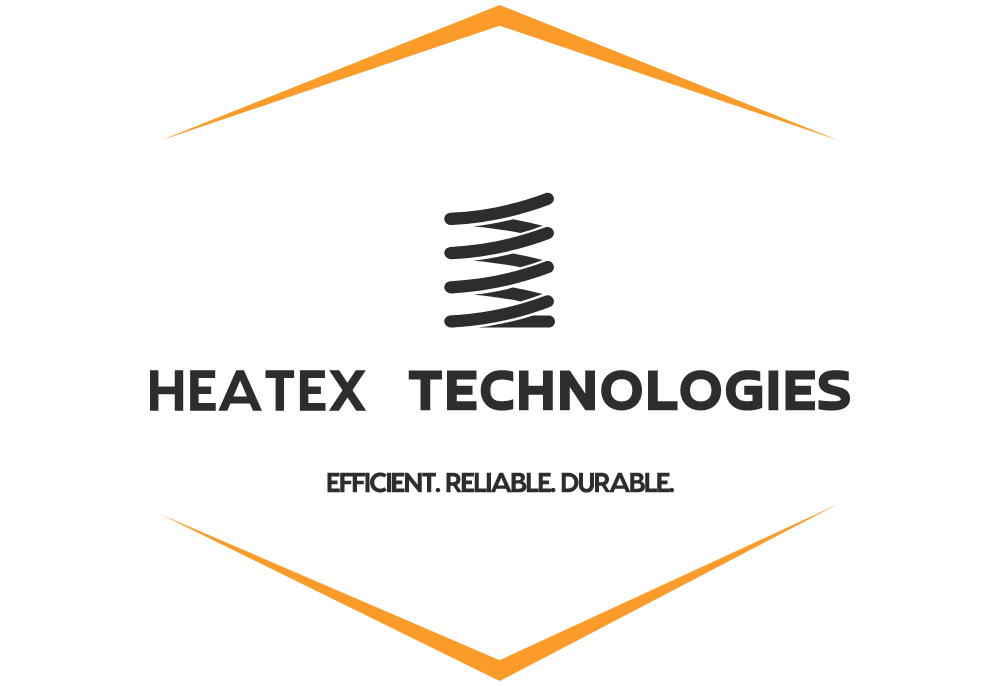Oil & Gas Equipment
In the dynamic landscape of the oil and gas industry, efficiency, reliability, and safety are paramount. Coils and heat exchangers stand as indispensable components in a multitude of processes, playing pivotal roles in heat transfer, energy conversion, and operational optimization. Let's explore how these essential components are deployed across various sectors of the oil and gas industry:
Oil Refining and Processing:
- Heat Exchangers in Distillation Units: Heat exchangers play a crucial role in distillation units within oil refineries, where they facilitate the separation of crude oil into its various components, such as gasoline, diesel, and jet fuel, based on their boiling points. Coils and heat exchangers help transfer heat to vaporize and condense hydrocarbons, enabling efficient separation and purification processes.
Natural Gas Processing:
- Gas-to-Gas Heat Exchangers: Coils and heat exchangers are used in natural gas processing plants to cool and condense natural gas vapors, separating valuable hydrocarbons from impurities such as water vapor and natural gas liquids (NGLs). Gas-to-gas heat exchangers facilitate energy recovery and optimize process efficiency in gas dehydration and dew point control systems.
Hydrocarbon Production and Recovery:
- Heat Exchangers in Enhanced Oil Recovery (EOR): Coils and heat exchangers are employed in EOR techniques such as steam-assisted gravity drainage (SAGD) and cyclic steam stimulation (CSS) to inject steam into oil reservoirs, reducing oil viscosity and enhancing oil recovery rates. Heat exchangers help generate steam by transferring heat from high-pressure steam or hot water sources to the injection wells.
LNG Liquefaction and Regasification:
- Cryogenic Heat Exchangers: In liquefied natural gas (LNG) plants, cryogenic heat exchangers are used to cool natural gas to cryogenic temperatures for liquefaction and storage. Coils and heat exchangers facilitate heat transfer between the natural gas and refrigerants, allowing for the efficient liquefaction or regasification of LNG at extremely low temperatures.
Offshore Oil and Gas Production:
- Heat Exchangers for Platform Cooling: Coils and heat exchangers are installed on offshore platforms to cool equipment and control temperatures in harsh marine environments. They help dissipate heat generated by machinery, electrical systems, and production processes, ensuring safe and reliable operation of offshore oil and gas facilities.
In the oil and gas industry, coils and heat exchangers play critical roles in various processes, including refining, gas processing, hydrocarbon production, LNG processing, and offshore operations. Their application-specific design and integration into oil and gas facilities contribute to energy efficiency, process optimization, and operational reliability in challenging operating environments.
All Rights Reserved | HeatEX Technologies LLC

